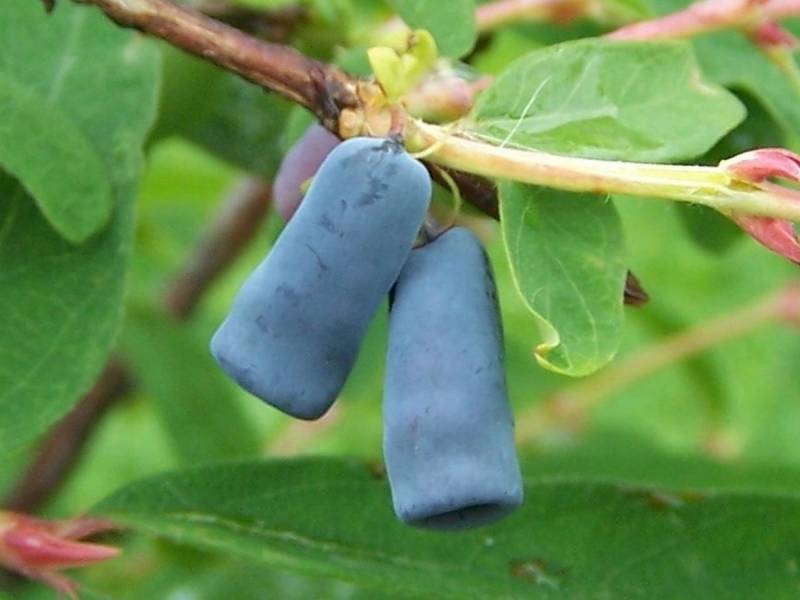
Scotland could become the world’s leading producer of the next big superberry, the honeyberry, a new venture exploring its production potential has said.
The potential for this superberry is seen as largely untapped and has huge potential, according to local food and drink marketing advisory service Connect Local.
It is hoped production will increase to 5,000 acres across Scotland in the next decade. A group of growers who recognised this opportunity have formed the Scottish Honeyberries co-op with the help of Connect Local.
Fruit producers say the nutritious honeyberry is easy to grow and perfectly suited to the Scottish climate and the first orchard of the soft fruit has already been planted at a farm in Angus by the honeyberry
Coop’s chair, Stewart Arbuckle who farms on the edge of Dundee in Angus.
The co-op currently owns four farms, each cultivating between five and ten acres. Mr Arbuckle has ambitions to increase this figure to nine farms by the end of the year.
The plan is to sell the plants to other farmers as well as marketing the berries themselves – which makes the organisation a knowledge co-operative as well as a farming co-op, Mr Arbuckle said.
Honeyberries Co-operative has even developed a frozen smoothie bag because it sees potential in the burgeoning health market. Honeyberries reputation for a superberry means this could fuel growth.
Honeyberry the superberry
Honeyberries are fruit of forms of the honeysuckle Lonicera caerulea, also known as blue honeysuckle or edible honeysuckle.
The fruits are very similar to blueberries in taste and looks. Like blueberries, they are high in antioxidants and vitamin C.
The fruit is a relatively new introduction to the UK. They are native to Siberia, northern China and northern Japan where they were widely harvested.
According to the Royal Horticultural Society (RHS), ideally honeyberries should be planted in pairs or groups, as this will increase the rate of pollination and fruit production.
